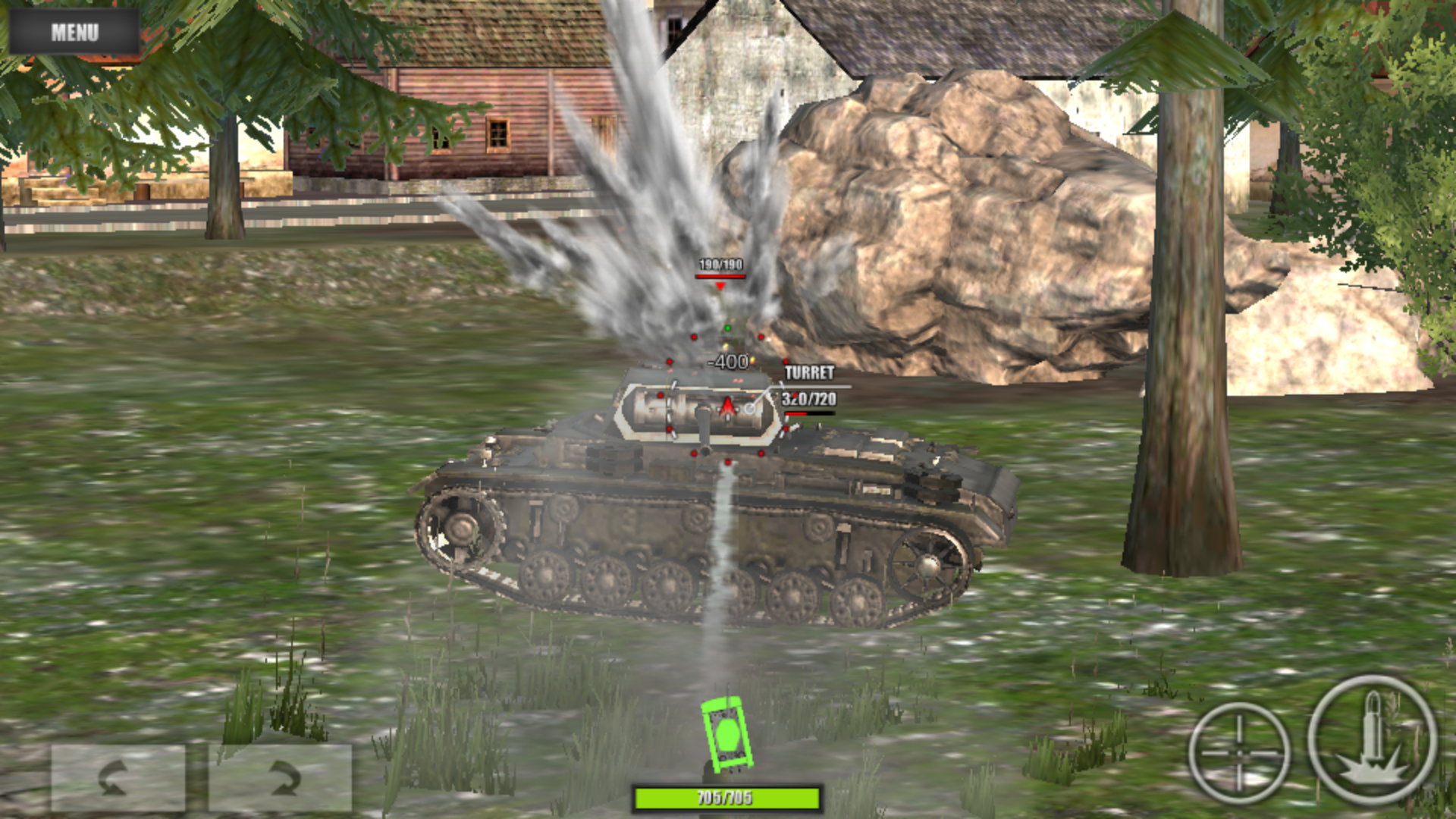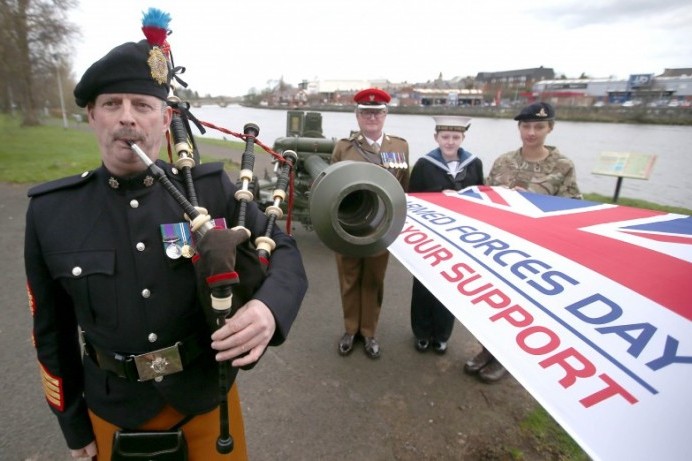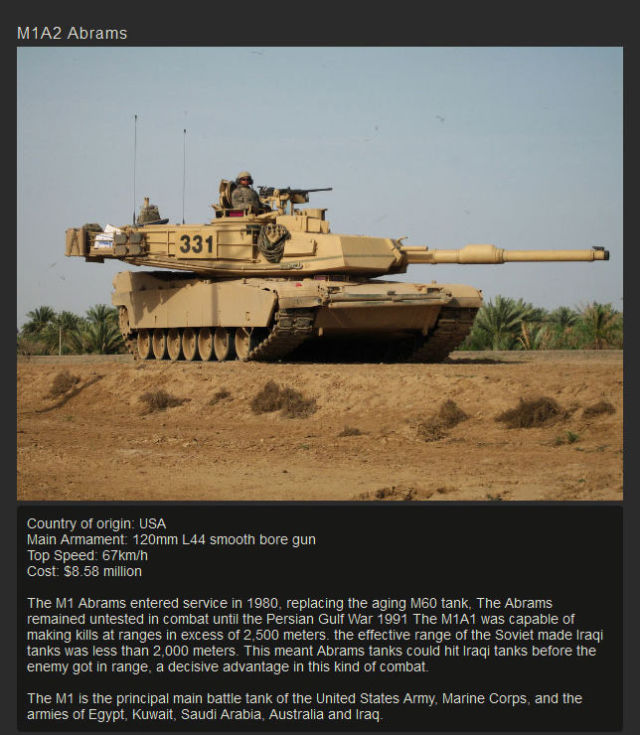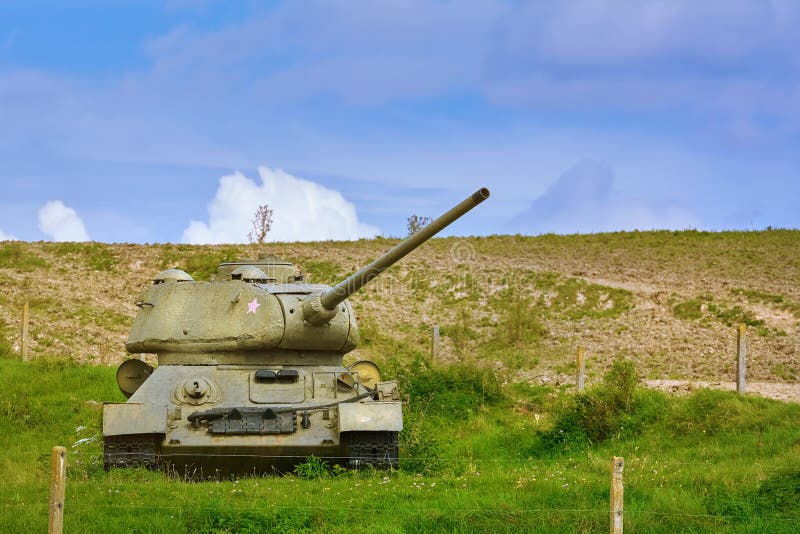

However, disheartened by years of ultimately-fruitless tinkering for the Army, Roberts did not take up the idea. Donohue of the Mechanical Transport Committee remarked to Roberts that he should design a new machine with armour that could carry its own gun.
#BATTLE TANK FORCE FIELD SERIES#
Here, in the Vosges, spring 1915įrom 1904 to 1909, David Roberts, the engineer and managing director of Hornsby & Sons of Grantham, built a series of tractors using his patented 'chain-track', which were put through their paces by the British Army, a (small) section of which wanted to evaluate artillery tractors. Hornsby tractor Artillery tractors (here a Holt tractor) were in use in the French Army in 1914–1915. Lord Palmerston is said to have dismissed it as 'barbaric'. Looking like a helmet on 'footed' Boydell wheels, early forerunners of the Pedrail wheel, it was essentially an armoured steam tractor equipped with cannon and rotating scythes sprouting from the sides. With the coming of the Industrial Revolution and the demonstrable power of steam, James Cowan presented a proposal for a Steam Powered Land Ram in 1855, towards the end of the Crimean War. The conceptual roots of the tank go back to ancient times, with siege engines that were able to provide protection for troops moving up against stone walls or other fortifications.

799 captured near Arras on 11 April 1917 A German-captured British tank in 1917 1917: British tanks captured by the Germans being transported by rail German forces using captured British Mark IVs during the Second Battle of the Marne See also: History of the tank Mark 3II tank no. Along with the tank, the first self-propelled gun (the British Gun Carrier Mk I) and the first armoured personnel carrier followed the invention of tanks. The Mark I's rhomboid shape, caterpillar tracks, and 26-foot (8 m) length meant that it could negotiate obstacles, especially wide trenches, that wheeled vehicles could not.

The heavily shelled terrain was impassable to conventional vehicles, and only highly mobile tanks such as the Renault FTs and Mark IV performed reasonably well. There were problems that caused considerable attrition rates during combat deployment and transit. The first tanks were mechanically unreliable. Whilst the Allies manufactured several thousand tanks during the war, Germany deployed only 18 of its own. The Germans, on the other hand, began development only in response to the appearance of Allied tanks on the battlefield. The French fielded their first tanks in April 1917 and ultimately produced far more tanks than all other countries combined. The term was chosen when it became known that the factory workers at William Foster referred to the first prototype as "the tank" because of its resemblance to a steel water tank. Although initially termed "Landships" by the Landship Committee, production vehicles were named "tanks", to preserve secrecy. The prototype of a new design that became the Mark I tank was demonstrated to the British Army on 2 February 1916. In Great Britain, an initial vehicle, nicknamed Little Willie, was constructed at William Foster & Co., during August and September 1915. Research took place in both Great Britain and France, with Germany only belatedly following the Allies' lead. Although vehicles that incorporated the basic principles of the tank (armour, firepower, and all-terrain mobility) had been projected in the decade or so before the War, it was the alarmingly heavy casualties of the start of its trench warfare that stimulated development. The development of tanks in World War I was a response to the stalemate that developed on the Western Front.

#BATTLE TANK FORCE FIELD FREE#
A British Mark V* tank – carries an unditching beam on the roof that could be attached to the tracks and used to free itself from muddy trenches and shell craters A British tank destroyed by the Germans on the Western Front, 1917


 0 kommentar(er)
0 kommentar(er)
